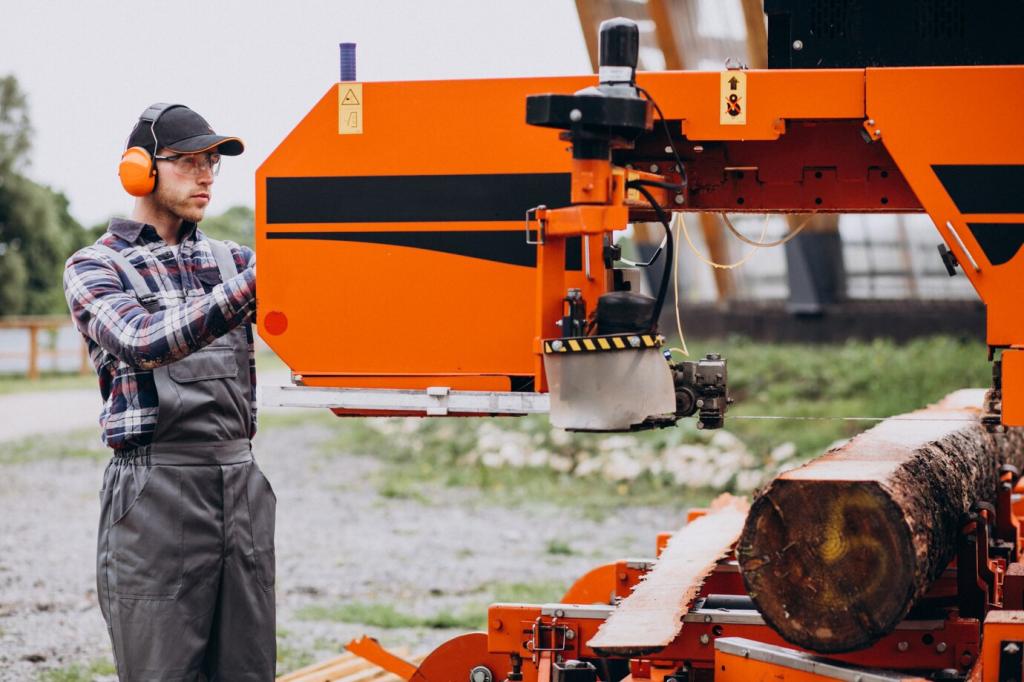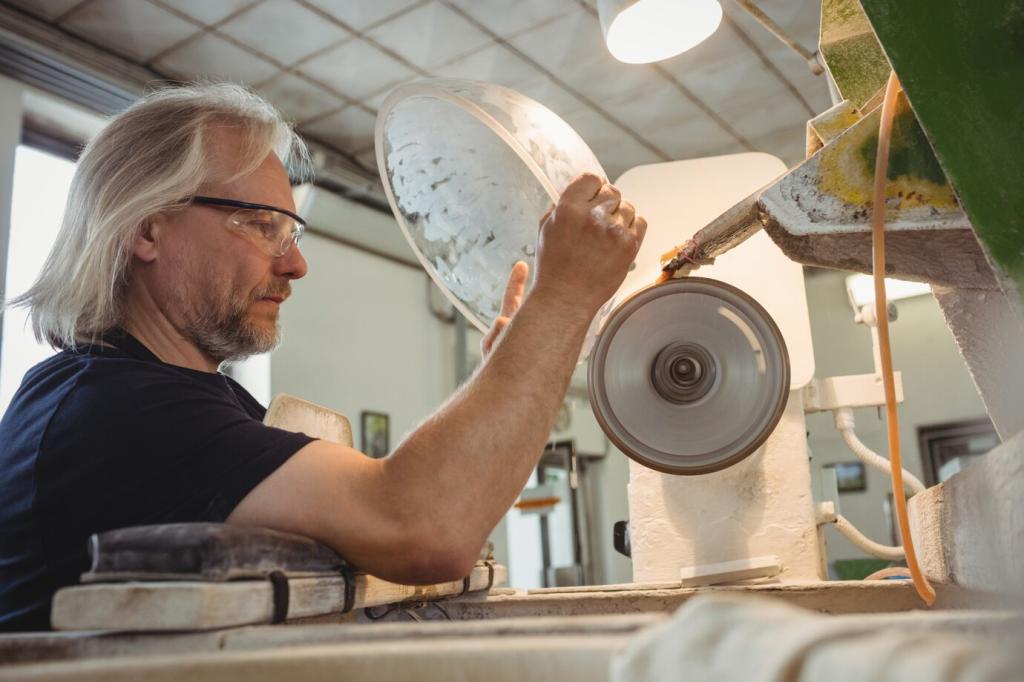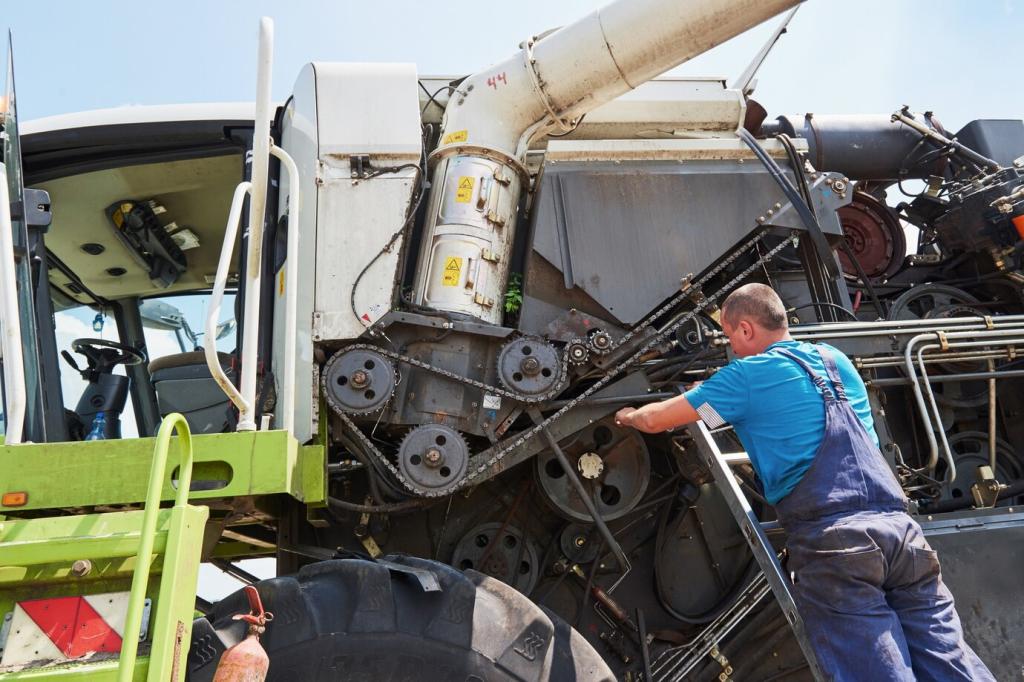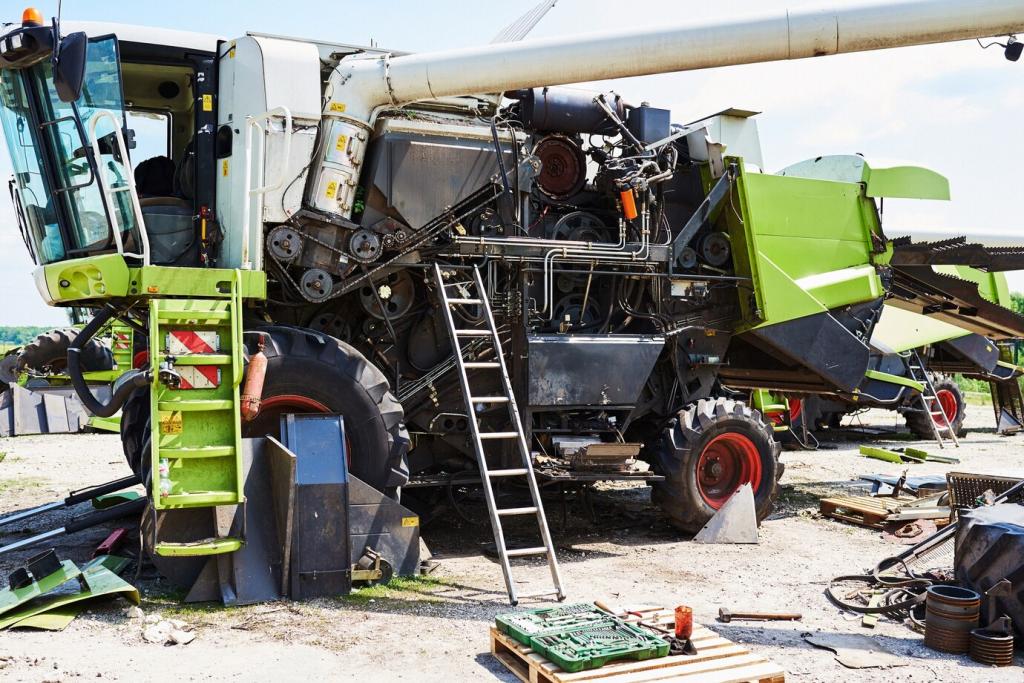Embarking on outdoor adventures offers an incredible opportunity to experience nature’s beauty, but it also comes with a responsibility to protect the environments we explore. Choosing sustainable hiking gear is a powerful way to minimize your environmental impact without sacrificing performance or comfort. This guide delves into key eco-friendly considerations for every aspect of your gear, from sourcing ethical materials to end-of-life disposal. Discover how thoughtful hikes help preserve trails, forests, and wild lands for generations to come, while supporting brands and initiatives committed to a greener future.
Recycled Synthetics in Performance Wear
The advent of recycled synthetics has revolutionized outdoor clothing. Materials such as recycled polyester, often sourced from post-consumer plastic bottles, offer the technical benefits of moisture management and durability while greatly reducing landfill waste and energy consumption compared to virgin counterparts. Innovations in closed-loop recycling further ensure that performance does not come at the expense of the environment. When you choose garments crafted from recycled content, you’re not only reducing trash but also supporting a more circular economy.
Organic Fibers for Comfort and Safety
Natural fibers like organic cotton, hemp, and merino wool provide exceptional breathability, comfort, and a reduced chemical footprint. Organic farming methods eliminate the need for harmful pesticides and synthetic fertilizers, protecting both the land and the farmers who tend it. In hiking gear, these fibers are increasingly used for base layers, shirts, and socks, delivering both robust performance and peace of mind that your wardrobe supports healthier ecosystems.
Responsibly Sourced Down and Wool
Ethically sourced animal-based materials such as down and wool address animal welfare and environmental impacts head-on. Certifications like the Responsible Down Standard (RDS) and Responsible Wool Standard (RWS) ensure that animals are treated humanely and that land is managed sustainably. Gear featuring these certifications, such as insulated jackets or merino accessories, provides exceptional warmth and functionality, allowing adventurers to enjoy comfort that doesn’t compromise their values.

Low-Impact Dyeing Processes
Traditional dyeing methods are notorious for their water and chemical consumption, often polluting local waterways. Eco-minded brands are turning to low-impact dyeing techniques, such as solution dyeing or waterless technologies, which dramatically reduce pollutants and resource use. Apparel produced with these methods retains vibrant colors and durability while ensuring cleaner production and less ecological harm, making your choice of hiking attire a cleaner one.

Closed-Loop Water Systems
Water scarcity is a pressing global concern, and the manufacturing of textiles can be a significant contributor to water waste. Closed-loop water systems recycle and purify water used in production, dramatically reducing the volume of water required and preventing contamination of local sources. Companies employing such initiatives demonstrate a commitment to sustainable stewardship and provide transparency that consumers increasingly demand from their gearmakers.

Reducing Energy and Emissions
Lowering the carbon footprint of production is vital for sustainable gear companies. Many brands are investing in renewable energy, high-efficiency machinery, and innovative logistics solutions to minimize emissions throughout their supply chain. By supporting brands that publicly share their carbon reduction goals and the progress they’re making, you help to amplify industry standards and push for greater accountability across the board.
Ethical Labor and Fair Trade
Transparency in Supply Chains
Brands committed to ethical labor are transparent about their sourcing and manufacturing partners. This openness allows you to trace the origins of your hiking gear and ensure it’s produced under safe and equitable conditions. Third-party certifications, such as Fair Trade or B Corporation status, provide rigorous standards and ongoing audits, so you can hike with confidence knowing every step was ethically made.
Supporting Worker Wellbeing
Sustainable brands invest in the people behind the products, providing fair wages, healthy working environments, and opportunities for personal and professional development. These efforts can include healthcare access, education, and collective bargaining rights, all contributing to the long-term wellbeing of workers and their communities. Choosing gear from such companies transforms your purchases into a force for good throughout global supply networks.
Empowering Local Artisans and Communities
Certain sustainable brands collaborate directly with local artisans and small-scale producers, honoring traditional skills and fostering community resilience. By integrating local craft and knowledge into gear design, these partnerships create distinctive products and ensure that economic benefits are felt by the people closest to natural resource origins. This interconnected approach preserves cultural heritage while promoting broader sustainability.
Repairability and Durability
Built to Last: Rugged Construction
High-quality materials and expert construction mean your hiking boots, packs, and apparel can endure years of tough, varied terrain. Features like reinforced seams, abrasion-resistant panels, and weatherproof treatments contribute to extended lifespans. When gear is designed with ruggedness in mind from the outset, hikers benefit from long-term savings, reduced waste, and the satisfaction that comes from reliable performance every trip.
Accessible Repair Resources
Even the best gear can suffer inevitable wear and tear. Brands committed to sustainability often provide easy access to replacement parts, online repair tutorials, and in some cases, in-house repair services or partnerships with specialists. This support empowers consumers to fix zippers, patch tears, or replace worn laces rather than discarding items prematurely, extending gear usability and reducing landfill waste.
Design for Disassembly
Forward-thinking design makes it easier to replace or upgrade parts without specialized tools or expertise. Modular components, standardized fasteners, and intuitive assembly allow for straightforward repairs by users or professionals alike. Such approaches ensure that even advanced hiking gear can remain functional through years of use, highlighting a commitment to genuine sustainability at every stage of the product’s life cycle.
Minimalist and Multifunctional Gear

Thoughtful selection of hiking gear prioritizes quality over quantity. By investing in versatile products that serve multiple roles, such as a convertible jacket or a backpack with modular uses, you streamline your kit and avoid unnecessary consumption. This mindset discourages overproduction and waste, demonstrating that sustainable choices can also enhance your outdoor efficiency.
Material Matters in Footwear
Traditional footwear manufacturing often relies on resource-intensive leather or petroleum-based synthetics. Modern sustainable brands are pioneering alternatives like recycled rubber outsoles, plant-based uppers, and water-based adhesives. These innovations allow hikers to tread lightly, with shoes that function exceptionally while drastically reducing their environmental impact compared to conventional options.
Supporting Local and Circular Economies
Some sustainable shoe companies produce regionally, shortening supply chains to lessen transport emissions and support local economies. Others embrace take-back and recycling programs, closing the loop by turning old shoes into new products. These initiatives help transform the linear “make-use-dispose” model into a sustainable circle, ensuring each pair of boots has a life beyond the trail.
Durability and Afterlife Solutions
High-quality hiking footwear is built to endure rugged use, and sustainable brands offer guidance or services to help resole, repair, or rejuvenate well-loved pairs. When they finally reach the end of their usable life, responsible manufacturers may offer recycling programs or design shoes for easy material separation, ensuring as little waste as possible returns to the earth.

Single-use plastics are a persistent problem in outdoor spaces. Adopting reusable water bottles, food containers, and cloth wraps ensures that you don’t contribute to microplastic pollution on the trail. Investing in durable, high-quality alternatives not only saves money and reduces waste over time but also inspires fellow hikers to make similar choices for the planet.

Bringing food into nature doesn’t require excess packaging or disposable items. Lightweight, reusable pouches, silicone bags, and collapsible cookware provide secure, eco-friendly alternatives to disposable wrappers and utensils. Pairing these with compact, efficient stoves that minimize fuel consumption completes a responsible system that keeps you fueled and your impact low from trailhead to summit.

Carrying out all waste, including food scraps and packaging, is a foundational aspect of responsible hiking. Advanced biodegradable soaps, trash compactor bags, and innovative waste systems allow you to practice Leave No Trace even in sensitive environments. By planning thoughtfully, you embody a strong land ethic that helps keep trails pristine for those who follow.
